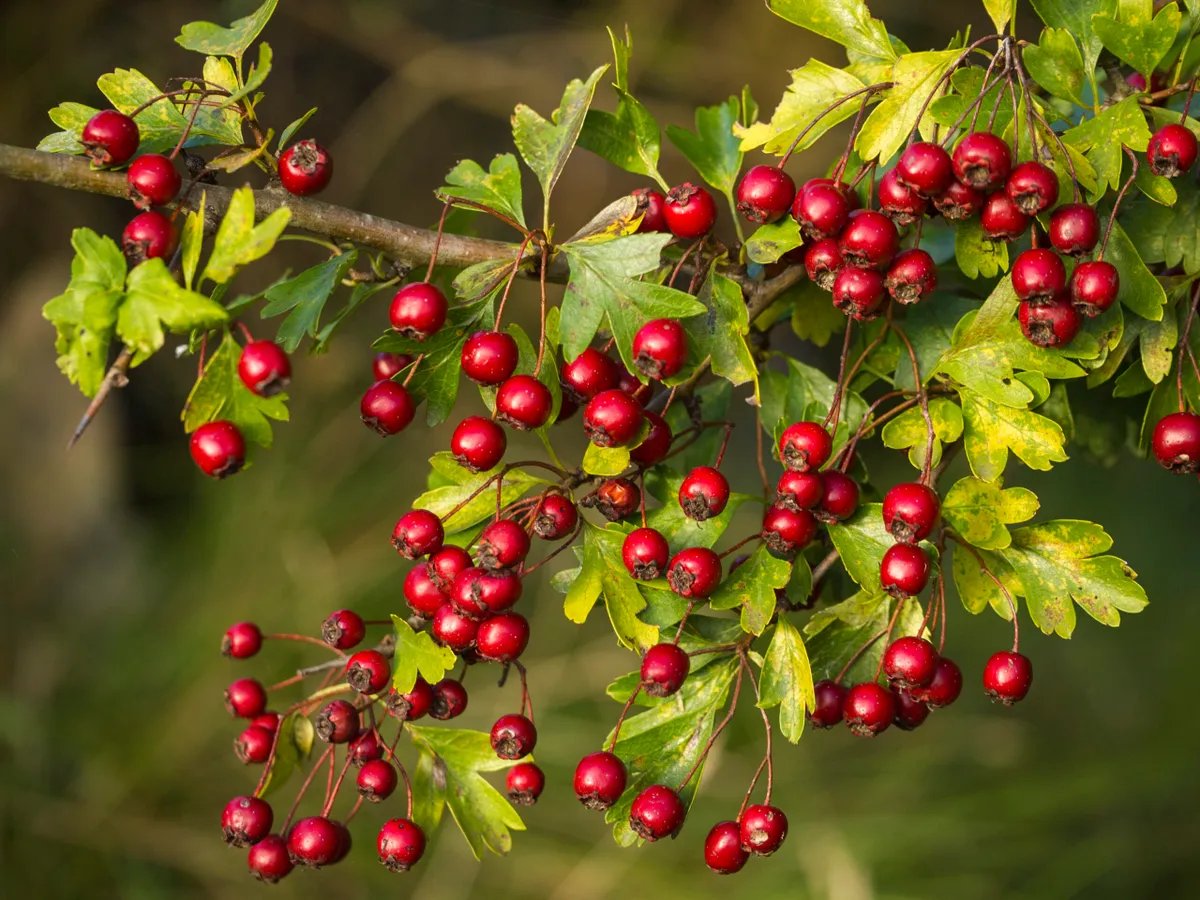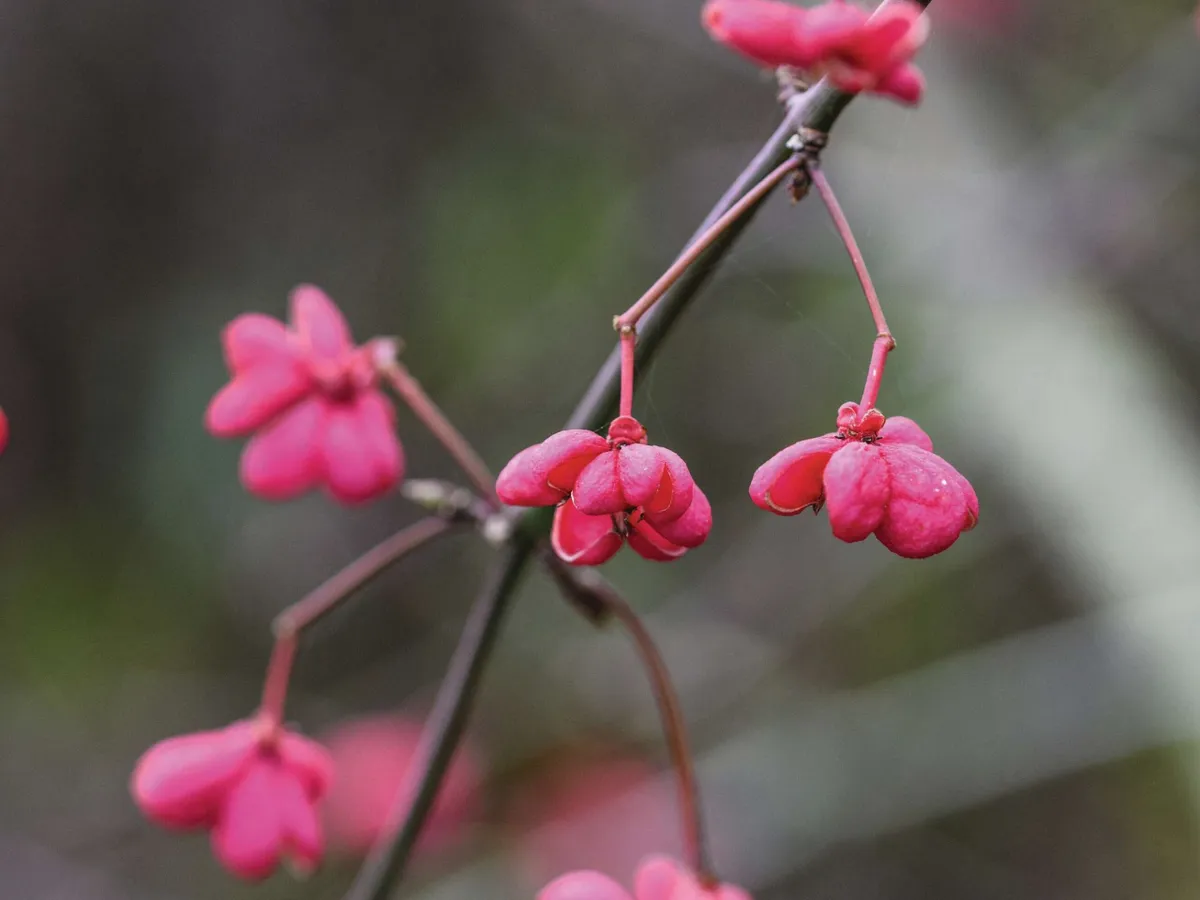The autumn equinox on 23 September marks the end of summer and the beginning of autumn. Astronomically, the Sun lights up northern and southern hemispheres equally, and from now on our days in Europe begin to shorten. Phenologically — meaning how nature responds to changing conditions — autumn is more fluid and can vary significantly from year to year with the vagaries of weather and climate. For many people, this might be a time tinged with regret for the passing joys of summer. If you find yourself seasonally affected, for instance suffering from lethargy or even mild depression due to Seasonal Affective Disorder (SAD), then taking a leaf out of nature can be wonderfully restorative.
Autumn is less about decay and cessation than you may think, instead consider it a time to celebrate rebirth and life anew. Our trees in the garden, orchard or forest are burgeoning with fruit, each containing one or more seeds to forge future life. Across much of the UK (less common in Scotland) and Ireland, keep a look out during country walks for our most showy native tree, spindle (Euonymus europaeus). Its pink velvet fruit split open to reveal bright orange seeds known as arils (once used to make dyes), bedazzling the robins, blackbirds and song thrushes which count it as a favourite.
Tree seeds often need periods of cold weather to overcome dormancy
Berries growing in our hedges and gardens are incredibly important for wildlife. Small mammals, especially dormice and wood mice, together with our resident birds, rely on these fruits to prepare for the winter months. Later in the year they sustain fieldfare, redwing and waxwing visiting from afar. If you need to trim a hedge which still has fruit on its boughs, like blackthorn (sloes), cherry plum or hawthorn, consider leaving some uncut to foster wildlife.

Tree seeds often need periods of cold weather to overcome dormancy if they are to spring into life in the new year. The process of stratification as it is known, relies on winter’s frosts. This will be happening under our feet as we shuffle through crispy leaf litter on a chilly woodland walk. For some trees, the consumption of seeds by frugivorous birds is an important part of their dispersal and successful germination. Trees with larger seeds, like oak (acorns), hazel (hazelnut) and walnut, rely on animals like the jay or squirrel carrying them away to hoard them for later consumption only to forget about them.
- Buy Dr Gabriel Hemery's The Tree Almanac 2024 from Amazon (£13.75), WHSmith (£13.75) and Waterstones (£14.99)
Below ground, the first roots emerging from a seed will grow rigorously, often well before any obvious signs above ground. A walnut for example can grow a taproot 90cm-long before its seedling leaves appear. Meanwhile, the roots of mature trees often put on a spurt of growth in early autumn to nutrient load before the winter, much like a marathon runner loads carbs before their exertion. Don’t be tempted to lift or plant any bare-root trees during this time, instead wait until November onwards when the tree is fully dormant.

Some believe in the idea of tree tides
For anyone who appreciates the warmth and beauty of wood, autumn is a time to cheer the forester as they fulfil the vision of a long-passed predecessor, with the felling of trees from a well-managed forest. Some believe in the idea of tree tides, where moon wood felling can improve the quality of the timber.

We have much in common with trees, in our fortitude and long lives as climax species on the planet. Both humans and trees need a regular period of calm and gentle recovery before life can begin again with verve and verdancy.
Dr Gabriel Hemery is an author, photographer and forest scientist. His upcoming book The Tree Almanac 2024 (Robinson Books) is a beautifully illustrated month-by-month guide to the seasonal journey of trees and can be pre-ordered here
Buy Dr Gabriel Hemery's The Tree Almanac 2024 from Amazon (£13.75), WHSmith (£13.75) and Waterstones (£14.99)





